
STOP PUSHING THE RIVER — Part 2
I am re-reading Rachel Naomi Remen’s book, MY GRANDFATHER’S BLESSINGS: Stories of Strength, Refuge and Belonging.
This lyrical book of the collected, very short musings and reflections by a born storyteller and wounded healer who has spent much of her life as a holistic medical counselor for people with chronic and terminal illnesses is one of my go-to books for getting myself back to clarity about how to deal with the vagaries of Life-Its-Own-Self and with our own mortality.
The thing about it is it does speak to a different way of being than the one that’s become just regular in this consensus-world we’ve been building over these past few decades.
In the book’s chapter about “Befriending Life,” I was struck by this passage:
“Learning from Life takes time. I rarely recognize life’s wisdom at the time it is given…. Sometimes I needed to receive other things first, to live through other experiences in order to be ready. Much wisdom is a hand-me-down. Like all hand-me-downs, it may be too big at the time it is given.”
It occurred to me that perhaps all of this dizzy-making busy and the hive-mind fear-induced urgency of our postmodern “clock-time” mindset may be blocking us from learning the real lessons that living our own human lives can teach us.
Perhaps this whole clock-time/productivity mode of moving is unsatisfactory because of this one major side effect.

WHAT ARE WE DOING NOW?
One result of our postmodern fundamentalist clock-worship seems to be a shriveling of our innate human ability to take in and digest the wisdom we need to pay attention, to grow our hearts, and to befriend life and our own selves.
It makes sense, that. I mean, what do you expect if you’re wearing blinders and earplugs all the time so you can better perform all those scientifically based neurological exercises in non-thinking (a.k.a. routines and habits) that we are constantly browbeating ourselves into adopting?



ANOTHER “LIVING-AS-IF” VIDEO
The following YouTube video, “Becoming a Blessing: Living As If Your Life Makes a Difference” is a short clip that’s part of a larger talk that features Dr. Remen.
It was uploaded in 2006 by bioneersdigmedia. The two-minute video does make you think.
STRATEGOS (A.K.A. “LEFT BRAIN”) LOOKS AT TIME
It’s a bit of a mind-boggle to realize that our symbiotic (possibly possessed) interactions with our time-measuring devices have only been heavily hyped and spread around widely as a very good thing for a relatively short time — since the 18th and 19th centuries. We were actively encouraged to turn over our lives to the dictates of the clocks in our lives.
In the process, we seem to have driven ourselves to the brink of insanity and we seem to have forgotten that the clock-time regimen we are encouraged to follow is only one of many a human mind can adopt.

In our long history, humans have been exceptionally good at building all kinds of different worlds and societies. Our ancestors developed many, many ways to define (and to live) “a good life,” one that they considered worth living.
It occurred to me that many of the centuries-old thought-constructs our ancestors and their contemporaries developed can still be used to make a heartful story filled with meaning and with mana, if that is what you want.
If you are going to do that, however, it may be wise to remember a few things:
- Any stance you choose to take does affect and shape the life-decisions and choices you will make.
- Whatever you do will evoke reactions and responses from the world around you.
- Those world-responses will naturally have an impact on you, and your countermoves will arise out of whatever stance you have assumed.

It is also how you shape, fabricate, build and test your own theories about Life-Its-Own-Self and how you make up your own story and your own life.
This kind of understanding, the ancient wise guys say, can open up a gateway that you can use to get to a place where your dreams have room to become real.
A REMINDER FROM REMEN
In the introduction to her book’s chapter about befriending life, Remen reminds us that we humans have been around long enough to figure out that “most problems cannot be solved with the same consciousness that created them in the first place.”
(I think she got that one from Einstein.)
Remen says, “Our survival may require that we do something new, something simpler and more human.”
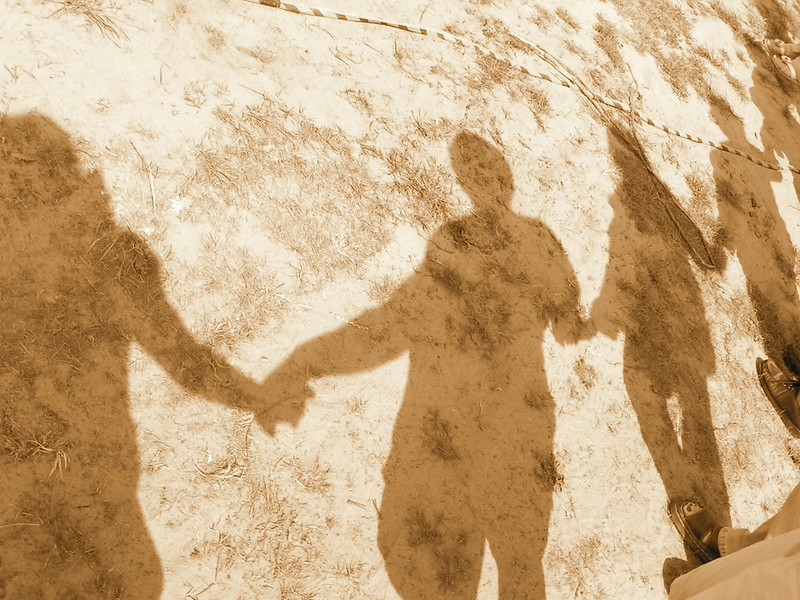
POET-MIND (A.K.A. WHOLE BRAIN) SPEAKS
Try taking a look at it this way: Let’s pretend that the gateway Strategos conjured up is a torii gate, a traditional Japanese gate most commonly found at the entrance of or within a Shinto shrine.
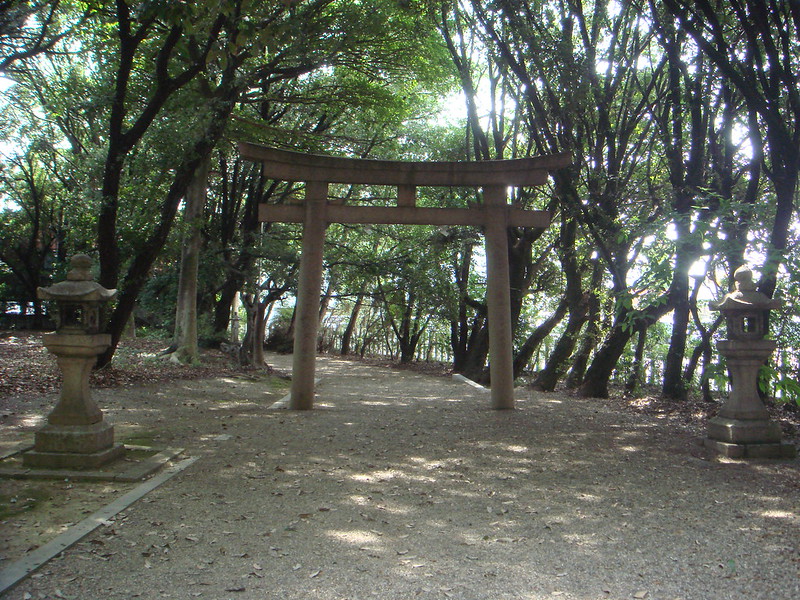
To make the torii gate Strategos has envisioned more meaningful for this post, I’m going to attach my own symbols to the gate parts. (The cool thing about this talisman-making exercise is that you don’t have to stick with the traditional meanings of another culture if you don’t want to. Instead, you can choose symbols that have meaning for your own self.)
For this torii gate, I’m choosing to have one post represent the whole of human individuality – all of the separate, autonomous and whole persons there ever were – each of us with our own mindsets and stances from which we each move, act and react.
The other post could stand for our consensus world – an amalgam of all the results of the actions and interactions of all of the people who have ever lived throughout time.
The spanner could be a metaphor for Life-Its-Own-Self. I like to see it as a never-ending song of call-and-response, action-and-reaction. (You can envision your own spanner any way you like and call it good.)
Okay. That’s the gate.
On the other side of the threshold you have to cross over is where all your dreams are hanging out.
Now, pretend you are standing in front of this gate.
Also standing in front of that gate is a beast. (You can picture yours any way you want.) Mine tends to be a massive, fearsome thing with really big teeth and a long, wet, sloppy St. Bernard-style tongue. Sometimes it has legs and wings. Sometimes I’ll throw in tusks or horns as well.
All through history all kinds of people have imagined various beasts like this that hang around transition gates. They actually seem to be a part and parcel of the meme.

In this exercise we’re doing, the Chaos-Beast Time is the only ride you can use to get through that gateway to the Future that we’ve constructed in our minds.
STRATEGOS AND POET-MIND PLAYING
Humans have invented all kinds of ways to deal with Time the Chaos-Beast. They have constructed many worlds and made up lots and lots of stories about getting through the gate from what-is and into the future place of their dreamings.
Any one (or a combination) of these ways of dealing with the Beast might be your own way out from under the insidious, crazy-making influence of that durned factory clock.
There are a number of options other people have tried to use to “manage” the Chaos Beast or to get out from under what they call the “tyranny” of Time. All of these different ways have inherent challenges and costs attached to them. People often get mixed results, depending on how well they are able to use these options.
It’s worth noting that poets and storytellers have always elaborated on these stances for dealing with time. They pinpoint and delineate the strategies that arise out of them gleefully and in great detail. These folks love playing with ideas about Time. (Without Time, there is no story after all.)
Modern content writers and productivity mavens have compiled how-to’s and hacks out of the moves arising from these same Time-dealing stances, turning them into mostly linear systems and fashioning a plethora of aspirational and motivational propagandas that urge you to go out there and do all kinds of flashy things…if you dare.
Here are some of the more popular ways people have played with the Time Chaos-Beast:
- You can jump onto the back of the Beast and ride it like one of those rodeo wild-bull or bronco riders in the hopes that you’ll be able to tire out and tame the Beast through your own sheer perseverance and effort.

- You can play matador games with it, bedazzling the Beast and the watching crowds with your swirling cape dances.
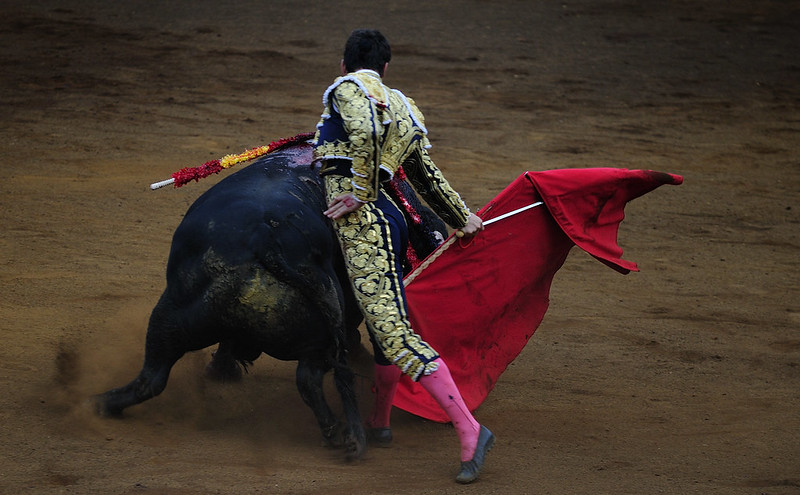
- You can kung fu the heck out of the Beast and beat it (and yourself) into submission.

- You might even want to try to do what the wise guys advise and embrace the Beast and make it your friend. If you manage to do that, they say, you will be able to go on all kinds of marvelous adventures together — until the Beast eats you.
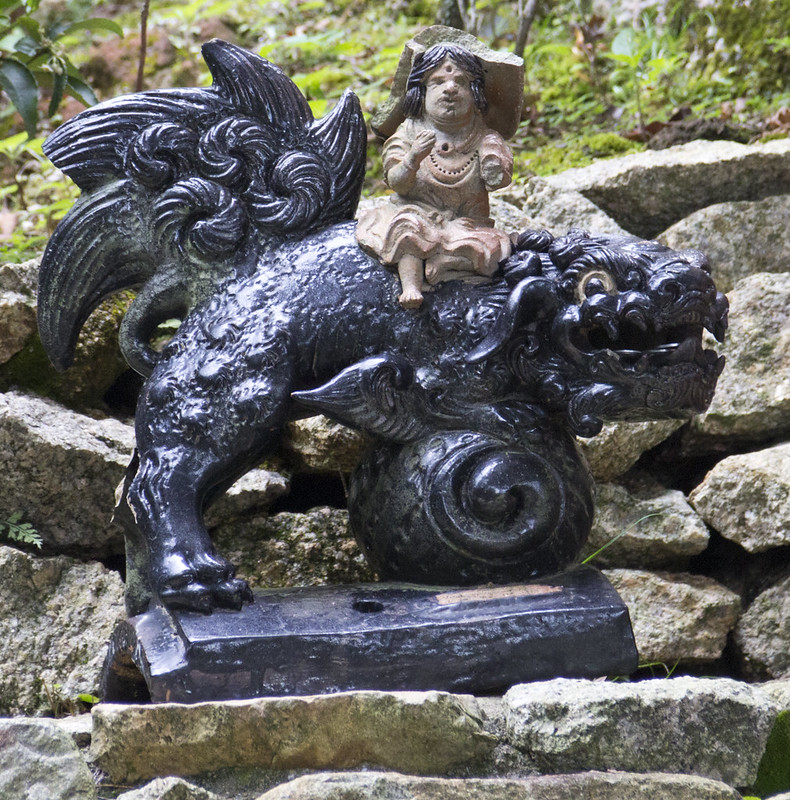
All of us know other people who have used one or more of these stances to develop their own story-lines. Maybe these people even won through to a whole other movie that we like better than the one we are living.
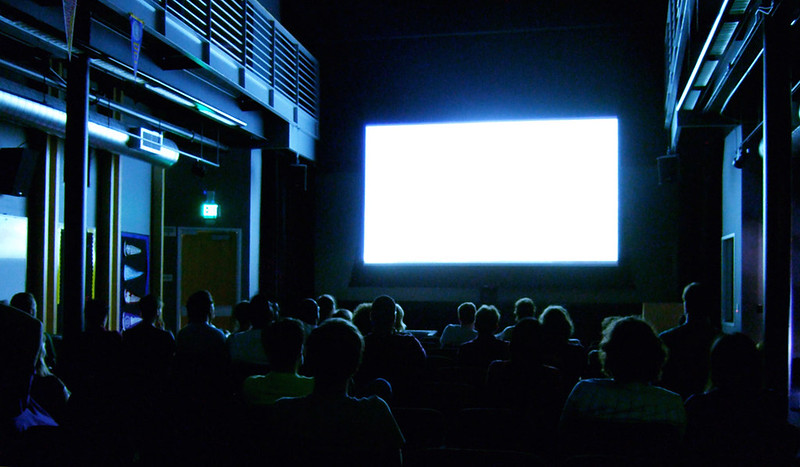
AND HERE’S REMEN AGAIN
In her book, Remen urges us to follow a humane and down-to-earth approach when dealing with Time and with Life-Its-Own-Self. She advises the following:
- becoming open beyond our expertise,
- learning to live closer to life – the life that is in us as well as the life around us,
- remembering what we are serving with our technology and our expertise,
- paying enough attention to learn to trust life.
It’s funny how Remen’s talking points pretty much echoes the life-lessons and wisdoms of the wise-guys that have come down through the ages to us.
Hmmm….
Maybe we don’t have to blow up the clock tower after all. Maybe we just need to expand our own minds so we can consider all of the various options that are open to us and learn how to use them well.

ORDINARY FOLKS LOOK AT DEALING WITH TIME
This 2020 video, SLOW DOWN: Abandon Our Multi-Tasking Lives, is a montage of clips from various short films by Green Renaissance, Michael Raimondo and his wife Justine, who call themselves “passionate filmmakers.” They are among my favorite Patreon-supported artists. They live off the grid in South Africa and do heartful films about the wisdoms of ordinary people.
They point out, “We need to find ways to slow down a little. Once we strip away the noise of everyday life, our perspective shifts and we experience life in a whole new way.”
The nine-minute film features Warren Bradley, Antoinette Pienaar, Trui Snyman and Charlie Galli.
Enjoy!
[TO BE CONTINUED]
Here’s a poem:
TIME THOUGHTS
Time.
It all takes time.
The dance is slow, is stately.
The dancers move to subtle rhythms
Tied to the heart and no one can say
When the dance will end.
Time is NOT of the essence.
Time IS the essence.
Movement following the Tai Ch’i,
A turtle swims through the mother sea,
Crossing the void slowly,
Not turning from its course,
And on its back, it carries the world.
Time.
by Netta Kanoho
Header photo credit: “The clock tower of the Elgin Watch Factory coming down in 1966” from andrew pricket’s grandfather via Flickr [CC BY-ND 2.0]
……
SOME OTHER POSTS TO EXPLORE
(Click on each of the post titles below and see where it takes you….)
……
Thanks for your visit. I’d appreciate it if you would drop a note or comment below and tell me your thoughts.
8 thoughts on “STOP PUSHING THE RIVER — Part 2”
Sometimes you come across a reading that you didn’t know you needed in life. This was one of those times.
This is me: “You can kung fu the heck out of the Beast and beat it (and yourself) into submission.”
There is a better way. To solve any problem, I cannot be the same person who created the problem in the first place. I’m definitely going to buy the book. You have changed the course of my thinking.
A., thank you. I do appreciate your visit and sharing your thoughts. I am so glad the post did what I hoped it would…making room for other thoughts that might help.
Please do come again.
“Stop Pushing the River – Part 2” delves deeper into the concept of letting go and allowing life to flow naturally. The article emphasizes the importance of surrendering control and embracing the present moment. By releasing the need to control every aspect of life, we can find peace, clarity, and a deeper connection with ourselves and the world around us.
Steve, thanks for the visit and for sharing your thoughts. I do appreciate it.
(Note to me: YAY! It’s clear. Maybe it worked!)
Please do come again….
Thank you for such a great contemplation of time and life. When we are aware of it, we can go further in giving our spaces a chance to blossom. It’s like that by the unlocking of the infinite possibilities within enchanting realms (our space), whatever it was, that we truly befriend life.
Jeedah, thanks for the visit and for sharing your thoughts. I do agree.
Please do come again.
Hi Netta,
I really enjoyed reading your post and learning about Rachel Naomi Remen’s book. It sounds like a wonderful book that offers a lot of insight and guidance for living a meaningful and healing life.
I liked the quote you shared about how wisdom is a hand-me-down and how we need to be open to receive it from life. Sometimes we are too caught up in our own agendas and expectations that we forget to let go and trust the flow of life. We push the river instead of embracing its beauty and power.
Thank you. This helps me to reflect on how to befriend life and myself and to live as if my life makes a difference.
Martins, thanks for the visit and for sharing your thoughts. I am very pleased that the post made you stop to reflect. You’re right. We all need to do a lot more of that.
Please do come again.